What are you looking for?
Waveform / Function Generators
Generate waveforms you can trust
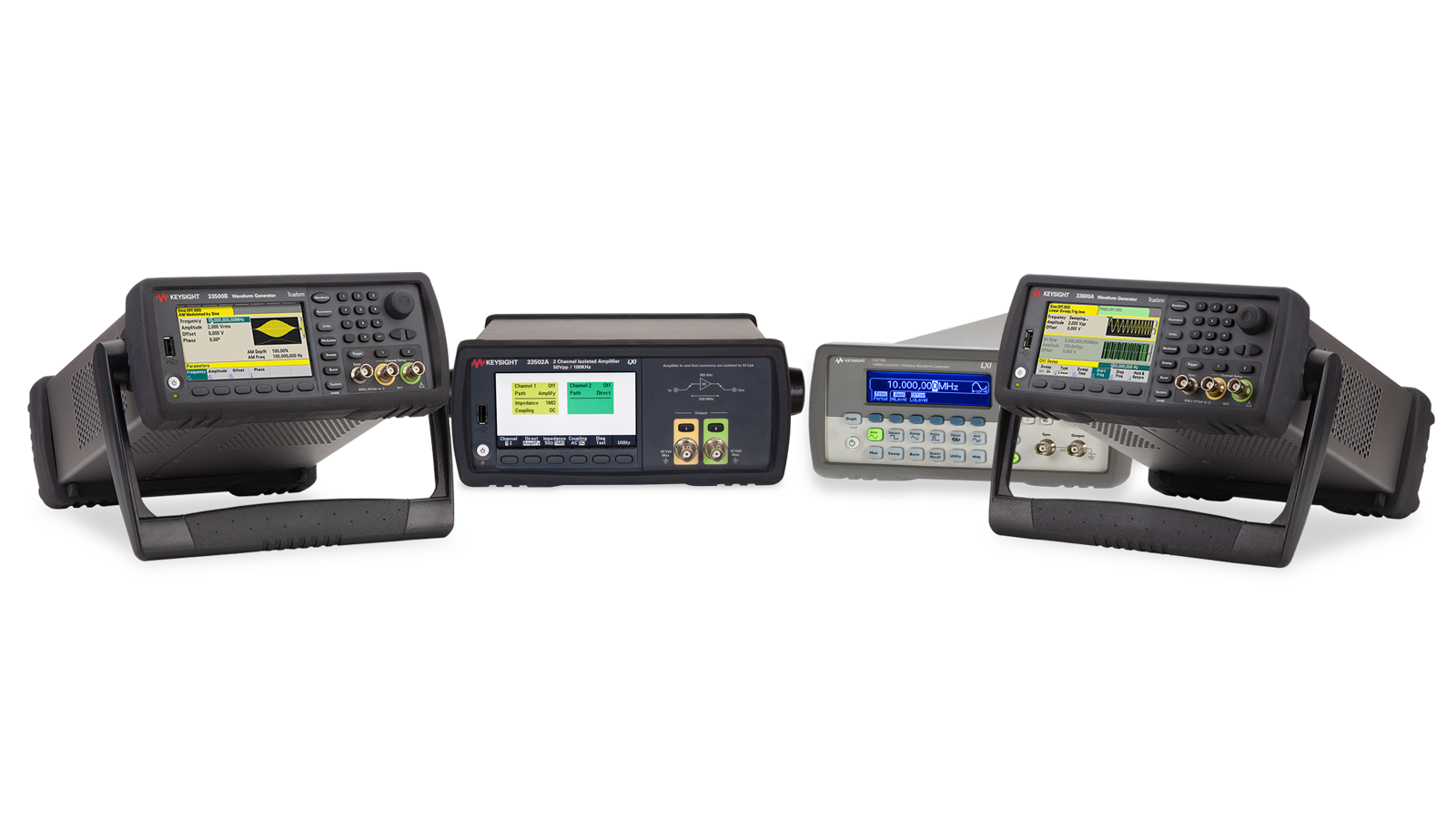
The Waveform You Create is the Waveform You Get
Our function generator offers the standard signals and features you expect — modulation, sweep, and burst. It also has features that give you the capabilities and flexibility you need to get your job done quickly, no matter how complex.
The Trueform function generator offers the highest signal fidelity so you can generate the exact waveforms you need for your most challenging measurements. You can be confident you are seeing your design’s characteristics, and not that of your digital waveform generator, in your measurements.
PathWave BenchVue Function Generator Software
Intuitively control your function generators and easily load custom arbitrary waveforms from your PC.
- Connect and control your function generators through the cloud.
- Control, display signals, or charts to correlate signal generation with measurements.
- Visualize multiple types of instrument measurements simultaneously.
- Create automated test sequences quickly with minimal instrument knowledge.
Find the Waveform / Function Generator That's Right for You
Improve Testing and Save Time
Modern function / waveform generators are extremely versatile, going well beyond the basic sine, square, and ramp waveforms. Function generator technology has evolved from simple analog wave-shaping instruments to modern direct digital synthesis (DDS) generators. Today’s function generators can do much more than their predecessors. Learn how to use five advanced waveform capabilities that help improve testing and save you time in the lab.


Easily Create and Edit Waveforms
With Keysight function generators, creating and editing waveforms is no longer difficult. Learn exactly how with more in-depth quick-reads on relevant topics such as stress testing, sum functions, jitter analysis, IQ signals, waveform modulation, frequency sweeping, and synchronization.
Related Use Case
Extend Your Capabilities With The Right Tools
Technology is constantly changing. So too are the requirements engineers face. Get more functionality out of your existing hardware today by complementing it with the right accessories to improve productivity and the right Keysight PathWave design and test automation software to accelerate your product development.
Featured Resources for Waveform / Function Generator
Frequently Asked Questions About Function Generators
A function generator is an electronic test equipment that generates standard waveforms, such as sine, square, ramp, or sawtooth waves, to a device under test (DUT). In circuit design and boards, testing often requires a controllable signal to simulate regular operation. Testing physical systems and transducers often requires stable and reliable signals ranging from microvolts to tens of volts or more.
By providing a stimulus or known input signal, we can see what happens to a device under different conditions. Does the DUT behave as expected? What kind of tolerance does it have before performance starts to break down?
You can evaluate the DUT’s performance by inputting a known-good signal into the DUT and monitoring the output. The waveform generator output must be clean and stable, and it should represent the real signals that the device’s final application will use.
Trueform waveform generation technology is an exclusive technology found in Keysight’s 33600A and 33500B Series Trueform waveform generators. Keysight’s Trueform technology represents the next leap in waveform generation technology, providing you with the best of both worlds: a predictable low-noise waveform with no skipped waveform points like PPC technology, at the price point of DDS technology.
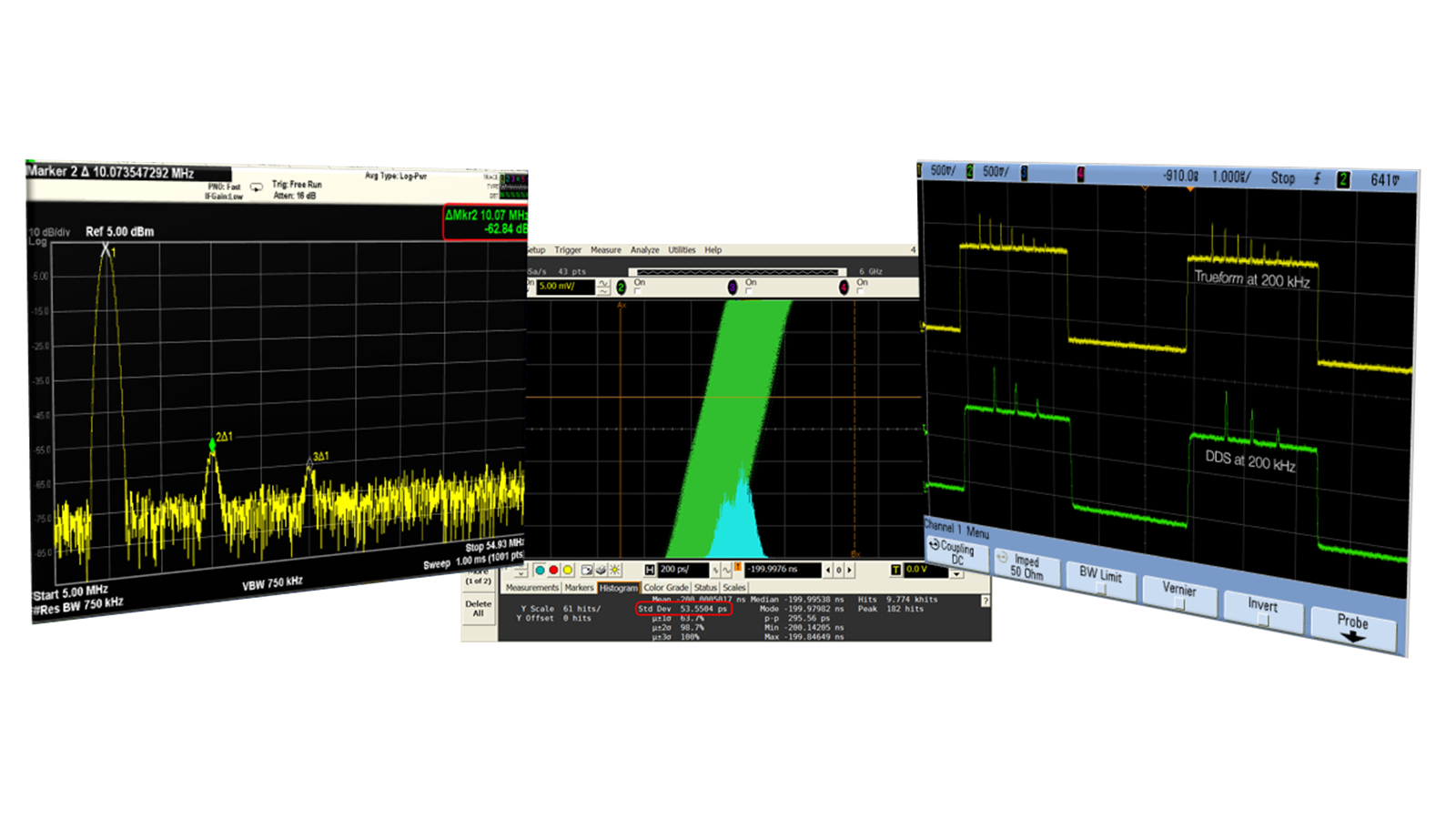
The advantages include the following:
Lowest jitter
With jitter as low as 1 ps, Trueform function / arbitrary waveform generators offer exceptional edge stability. You can even use them as a system clock for timing and triggering other instruments. With better jitter performance, you can place edges more accurately, helping reduce timing errors in your circuit design.
Lowest harmonic distortion
With a total harmonic distortion of just 0.03%, Trueform waveform generators offer up to 5x better fidelity than other generators. Clean, spurious-free signals don’t introduce noise or artifacts. You’ll see your design’s characteristics, not the waveform generator’s, in your measurements.
Non-aliasing
Define any waveform shape and length using the Trueform arbitrary waveform capability. Play your signals as defined, at your exact sample rate, without missing short-duration anomalies that are critical for testing device reliability. Trueform never skips points and is always anti-aliased.
The Keysight PathWave BenchVue software contains and hosts various applications. BenchVue applications enable you to control your test instruments and simplify your test processes.
PathWave BenchVue software lets you connect, control, and capture data from your choice of an ever-growing list of supported Keysight instruments. Most function generators have PC application software that links to their instruments. Software typically eliminates the many issues around bench testing by making it simple to connect, control, and automate instrument test sequences.
PathWave BenchVue software for waveform generators provides full-featured waveform-creation software. The software enables engineers to take full advantage of signal-generation capabilities and makes custom waveform creation fast and simple.
PathWave BenchVue software is a PC application that provides easy-to-use creation tools, such as an equation editor and waveform math and drawing tools, that you can use to create custom signals. Its plug-and-play functionality enables you to connect your instrument to your PC and immediately begin controlling it in BenchVue.
When you open BenchVue and connect to your function generator, you will see a graphical instrument control window of your function generator. You can set up regular sine, square, ramp, pulse, triangle, noise, PRBS, and DC waveforms with desired parameters using the graphical user interface.
In-phase quadrature modulation, or IQ modulation, is the dominant modulation scheme in communication applications. It is popular because of its efficient use of bandwidth, which continues to be a challenge in our data-hungry world. Testing with simulated IQ signals is critical because designers face a continual bandwidth crunch in a spectrum filled with interference.
For example, designers need to test their designs’ limits to ensure real-world performance. To do this, they must first generate an ideal signal using a function generator to test the design’s ideal performance. Therefore, they must generate a high-quality, known-good signal.
Function generators play a crucial role in simulating nonideal IQ signals. By adjusting the gain balance between the two channels and the amplitude offset for each channel, you can create nonideal signals. You can even perform skew adjustment to shift either the I or Q baseband signal in time with picoseconds of resolution. Some function generators allow you to perform advanced modulation to add noise, random jitter, or deterministic jitter to the signal, showcasing their versatility in testing.
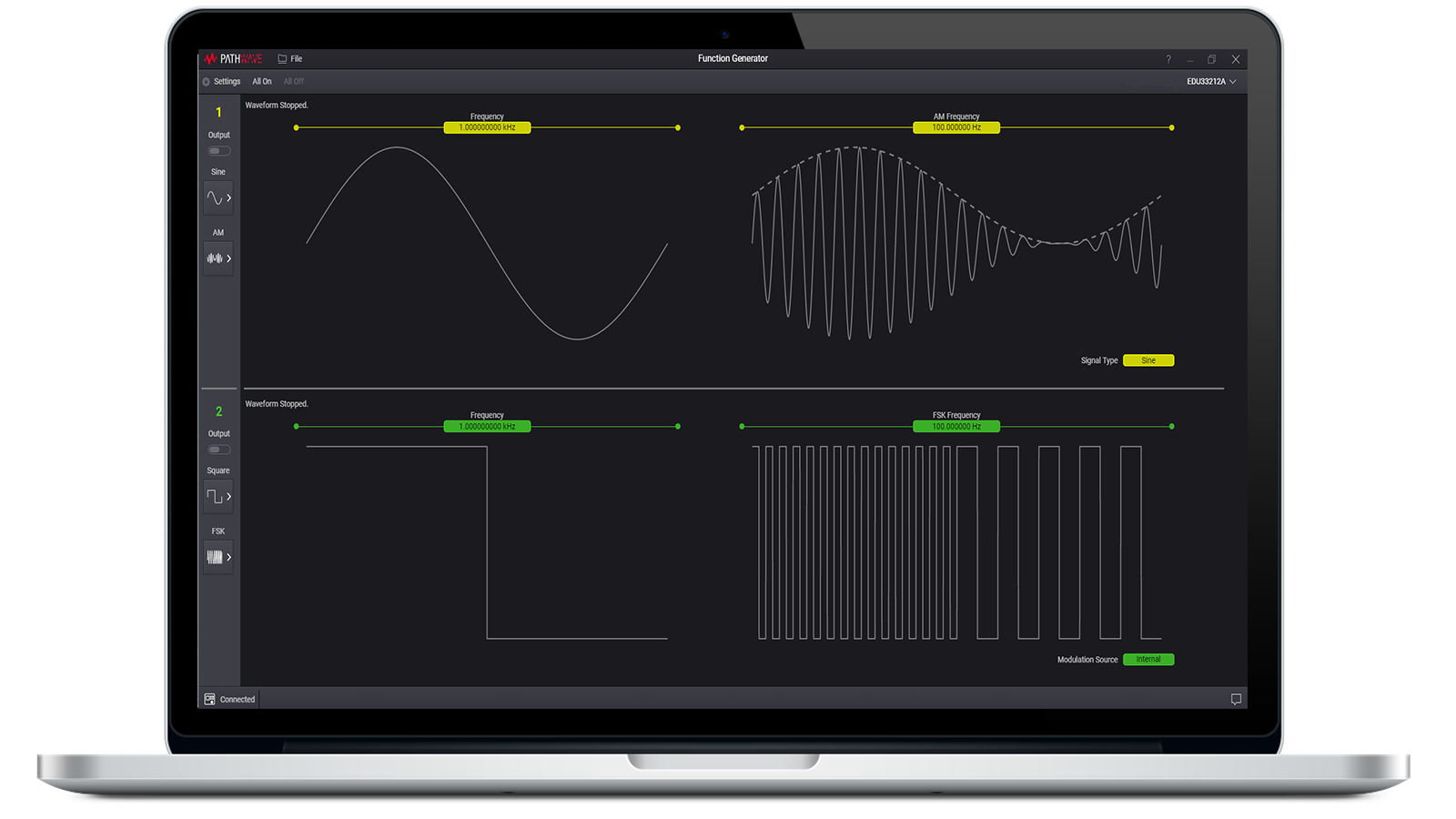
Waveform sequencing lets you create multiple configured waveforms with several common segments. Sequencing lets you build long, complex waveforms using minimal instrument memory. With waveform sequencing, you can save memory by replaying different shorter waveforms at various locations in your signal as needed.
Many tests require long waveform memory records. Eventually, the necessary record length may exceed the available waveform memory. Sequencing is a way to increase a signal’s length. In sequencing, different waveform segments repeat (or play back one after the other) through a user-defined sequence list.
Engineers looking to create a more efficient workflow to generate arbitrary signals can use waveform sequencing to develop a library of arbitrary waveform signals. Then they can reorganize the signals into a sequence to make a new signal.
More than 40 years ago, before digital-to-analog converters (DACs) and digital processors were fast and cheap enough, waveform generators were built almost entirely of analog circuits. In the 1990s, digital waveform generators using direct digital synthesis (DDS) became the mainstream technology, replacing analog waveform generators.
A digital waveform generator uses DDS to create a waveform in digital form. Then, the digital waveform generator sends it through a DAC to convert it to an analog waveform output for user test applications.
The advantage of a digital waveform generator over an analog waveform generator is its ability to store all the waveforms in its built-in memory. The digital waveform generator’s built-in memory allows the user to quickly select one or a combination of waveforms for quick generation as the final waveform output.
An arbitrary function generator is an electronic test instrument that can generate standard periodic waveform outputs like sine, square, triangle, and sawtooth waves. It can also play back complex arbitrary waveform signals created originally from software such as MATLAB or a custom waveform builder tool.
A sweep function generator is basically a function generator with a frequency sweep capability. It can generate periodic waveforms such as sine, square, triangular, and ramp waves, with the added functionality of sweeping through a range of frequencies.
This sweep function generator is useful for frequency response testing, where you can analyze how a circuit or device responds across a range of frequencies.
A function generator amplifier is needed when you want to amplify the output signal of your function generator, such as to drive a load that requires higher power or voltage levels beyond the range your function generator can provide on its own.
A function generator amplifier can also be used to adjust the signal amplitude and impedance to match the input requirements of a particular device or system.
Want help or have questions?

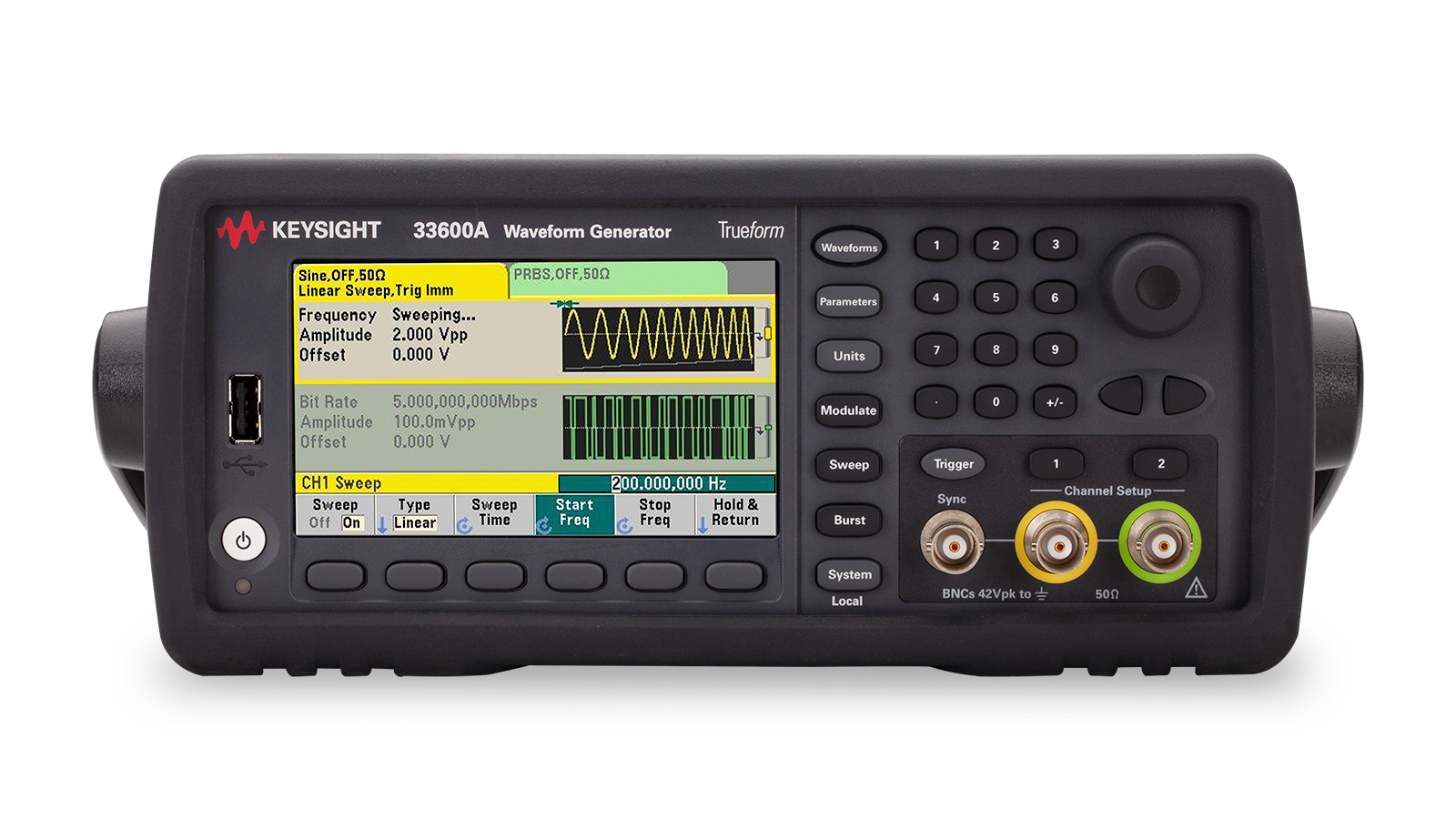



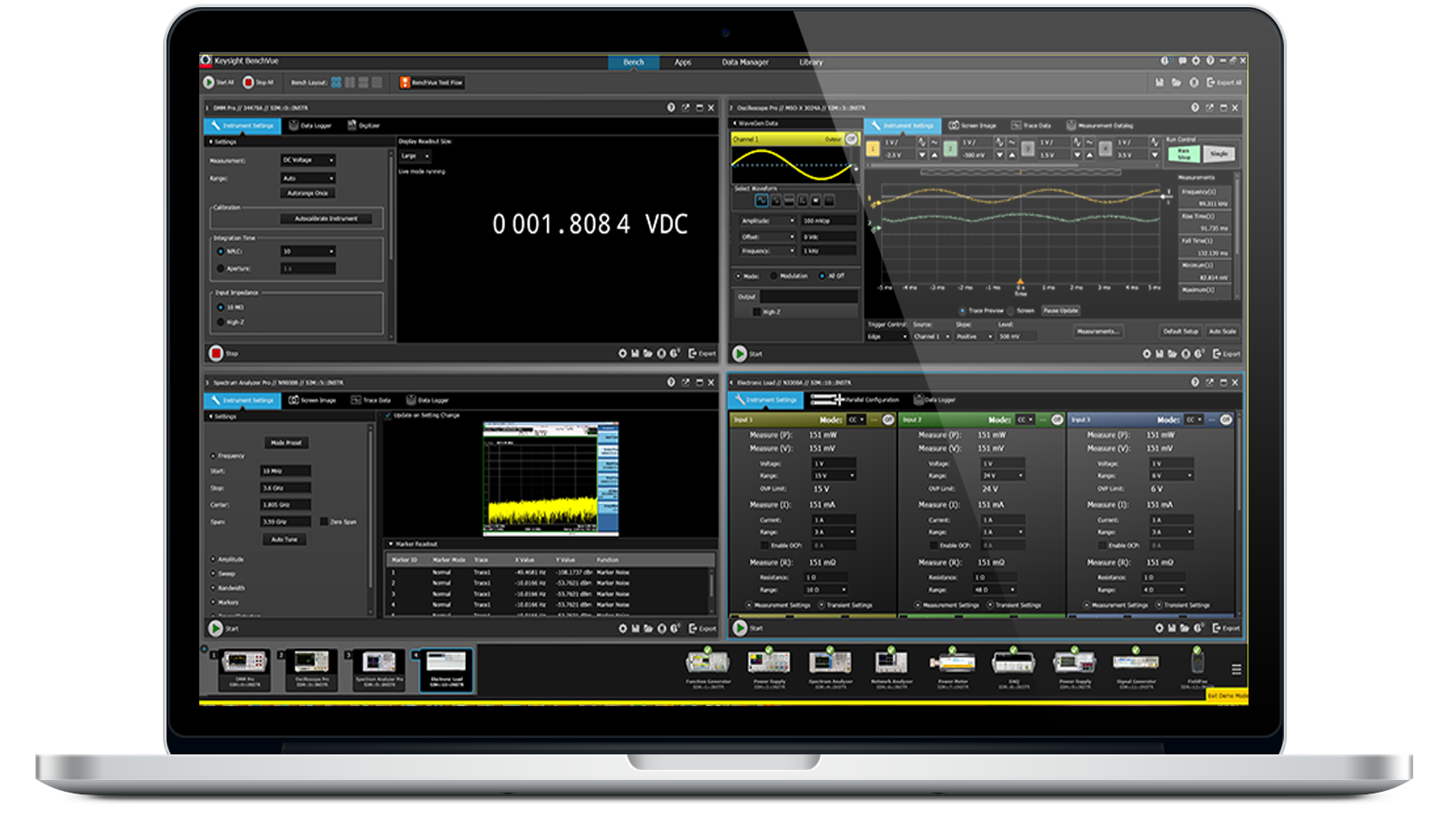



.png)













